Cultures and Heritage Sites in Marrakesh Medina
Next morning the narrow streets near our Riad are busy with kids going to school and mums food shopping at tiny kiosks, the men in their workshops or praying in the local mosques.
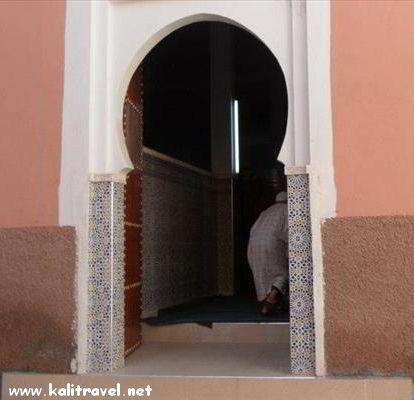
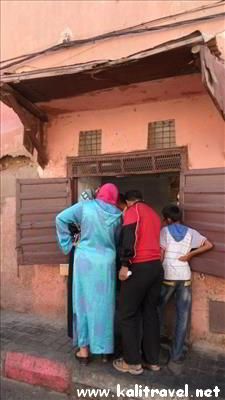
The Kasbah (the historic citadel district) is close to where we are staying in the southern part of Marrakesh Medina. Cultural heritage sites include the Royal Palace – a private complex behind high pinky-red walls, and the King of Morocco’s official residence when he’s in town, tourists not allowed inside.
However, there’s another historical site nearby which is well worth a visit. Saadian Tombs were built in the 16th century as a mausoleum to bury the Sultans. It’s fascinating to see the elaborately embellished Islamic architecture, the mosaic tiles with floral motifs, finely worked cedar wood and stucco decoration.
Not following any set plan, we found ourselves in the Mellah (old Jewish Quarter). The unmistakable Star of David is above the entrance to the ‘Marché du Mellah‘ fresh food market, so being inquisitive as usual I just had to look around. It came as rather a ‘cultural’ shock to see live chickens being sacrificed on the floor in the aisles while nonchalant storekeepers sat back and offered to share their mint tea with us.
Back to landmark Jemaa El Fnaa square, we stopped for a glass of freshly squeezed orange juice at one of the colourful stalls, bought some and dried fruits, and then wound our way through the souks to Marrakesh Museum.
Housed in the Dar Menebhi Palace, Marrakesh Museum holds exhibitions of Moroccan art. The architecture is Andalucian with fountains in the central courtyard, traditional seating areas and a hamman, the intricate tile work and wood carvings are interesting to see.
The Ben Youssef Madrasa, located to the north of the Medina, once an Islamic college, and more recently a youth hostel, is now open to the public as an historical site. Its 130 dormitory cells cluster around the central patio and pool, where we saw a TV crew filming the ornately carved cedar decoration and the beautiful Moroccan tile work.
Walking through the back streets in what seemed like the poorer part of the Medina we stopped to have lunch, a kind of minced meat tajine which was really tasty. Sitting by a first floor window I watched the real world passing along the red-walled alleyways, through crumbling Moorish archways, old men pulling laden carts, youths on dilapidated push bikes and women in colourful traditional attire.
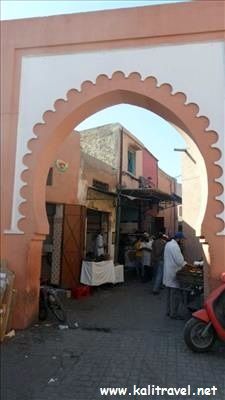
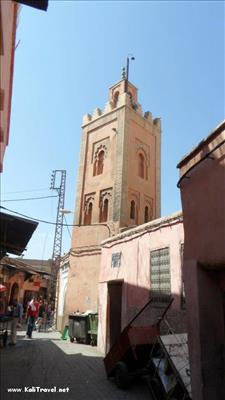
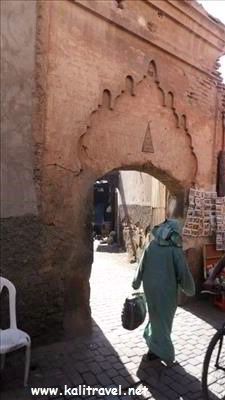
Vendors selling pitiful fruit and veg on a cloth on the ground and someone who stopped to buy one pathetic carrot… this is the other face of Marrakesh medina.
Years ago, we stumbled across the Association Fondouk Echamaa Des Artisans a complex where apprentices were learning a trade. Unfortunately, it was ramshackle, filthy, and basically inhumane. Polite, weary looking, young men were working in tiny hovel rooms, handcrafting souvenirs, metal tea sets, overlaid trays, and lamps.
More recently, the state sponsored Ensemble Artisanal Marrakech has been transformed into a smarter compendium of workshops where you can buy artisan handicrafts at a reasonably set price.
For all the wonder of the souks, Marrakesh is not particularly cheap for bargains, even when you bargain hard! I took home some bright fine silk scarves as gifts, and went to a ‘government authorised’ health shop where I bought essential oil perfumes, local spices and natural makeup – charcoal eyeliner, reddish-brown mud blusher and an amazing green lipstick that actually stains your lips pink!
I also bought some beautifully coloured decorative tajines at a larger fixed price shop off el-Fna square – on a side- street running parallel to the main pedestrian precinct where the banks, ice-cream parlours, patisseries and donar kebab cafes are located.
Not once had we been made to feel uncomfortable as westerners, even though we weren’t probably clothed adequately in our sleeveless tops and Bermuda shorts.
Returning to our tranquil guesthouse Riad Sidi Mimourne for the last evening, we bought bottled water and soft drinks from a local kiosk where we were greeted politely.
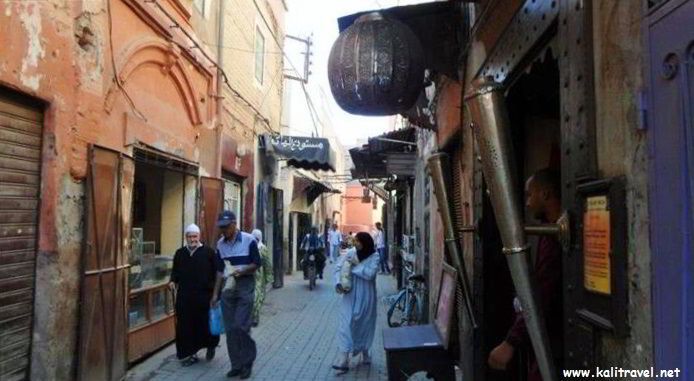
We sat our rooftop terrace haven in the cool evening air gazing over the palms to the moonlit Koutoubia minaret. Although on the first night, I’d been startled awake by the mosques’ calls to prayer in the early hours, but now I had succumbed to the magic of Marrakesh I found it quite comforting.
The World Heritage city of Marrakesh has much more to offer regards cultural and heritage sites. It is renowned for the beautiful gardens, centuries old mosques, and several palaces – the Badi Palace, Royal Palace and Bahia Palace are the main ones.
There is also the new zone outside the walls of old Marrakesh Medina where modern hotels, commerce and trendy restaurants are located, no doubt the best area to stay if you are thinking of taking a holiday in Morocco with kids.

Marrakesh is the ideal base for exploring the traditional villages, to see the countryside and waterfalls of the Atlas Mountains. And for day trips including a visit to Berber markets and the ‘Gate’ to the Sahara Desert.
As you’ll see, Marrakesh is incredibly unique. You can fly there easily from Europe, and see the city itself in a couple of days or discover the whole fascinating country on an exciting Morocco road trip.
Related Posts on Marrakesh
- Marrakesh Medina – Snake Charmers and Souks
- Photos: Life in Marrakesh Medina
- Morocco on a women-only tour
Discover the World with![]() the blog with a focus on independent travel
the blog with a focus on independent travel




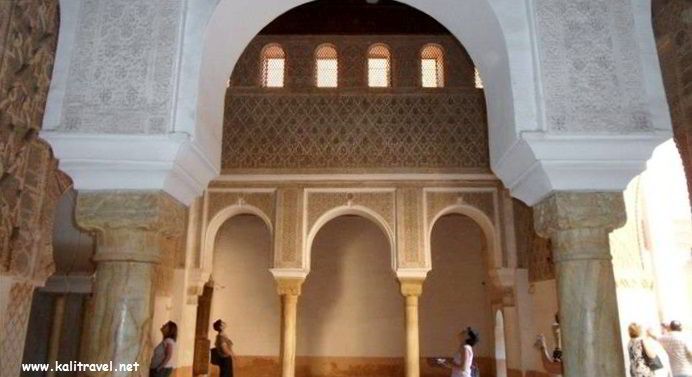
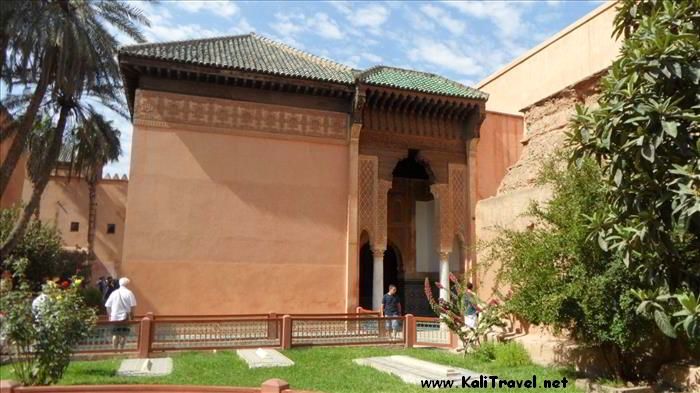
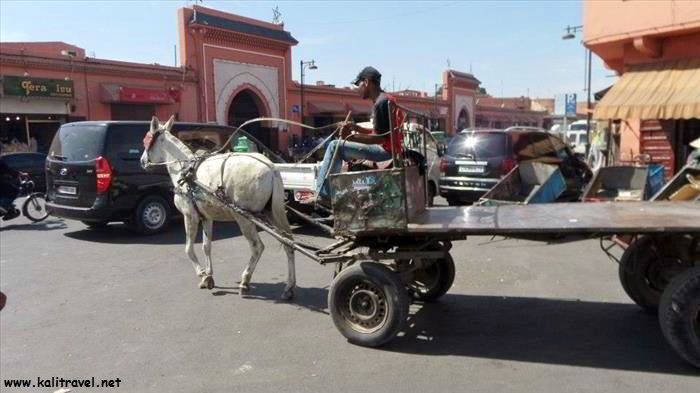
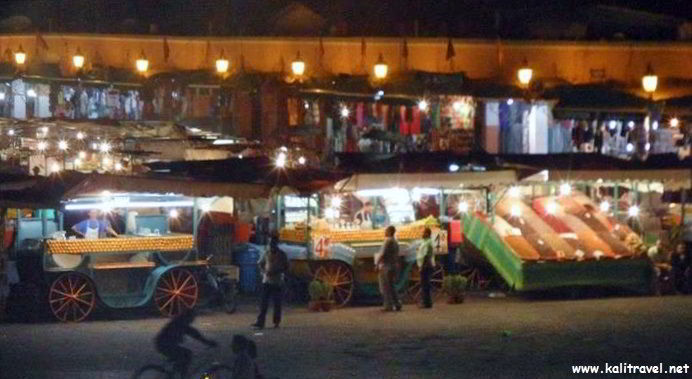
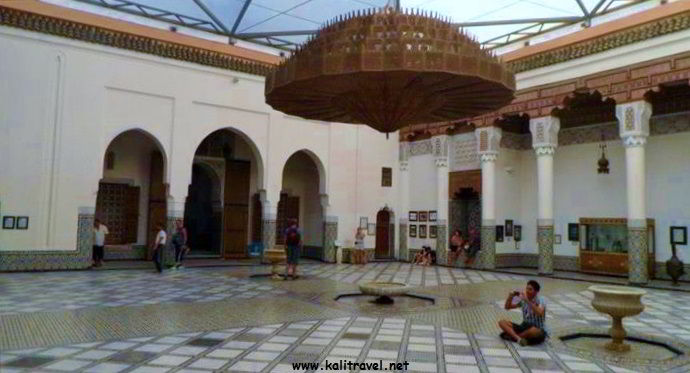
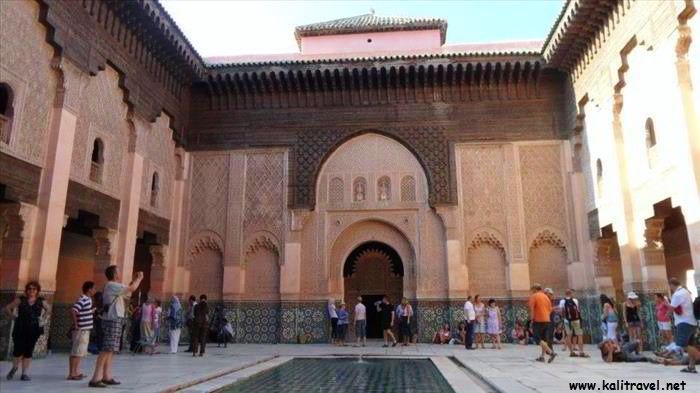
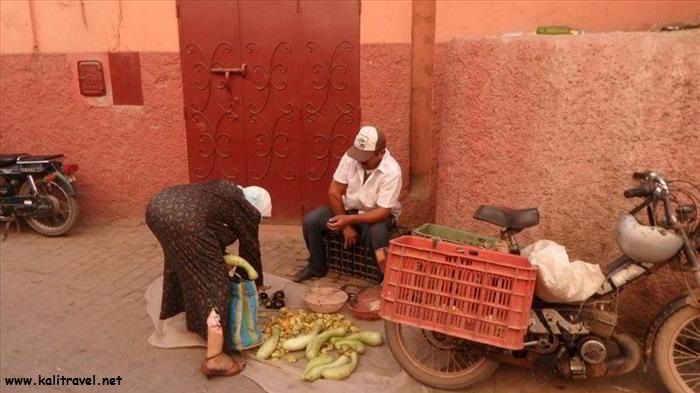
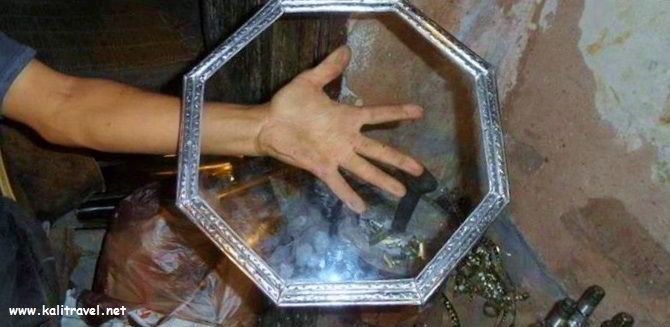
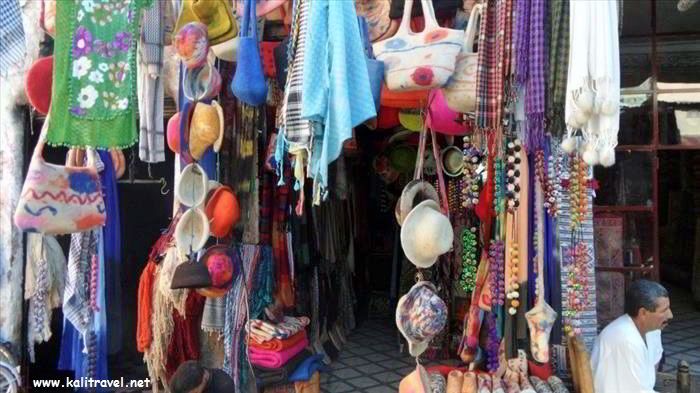
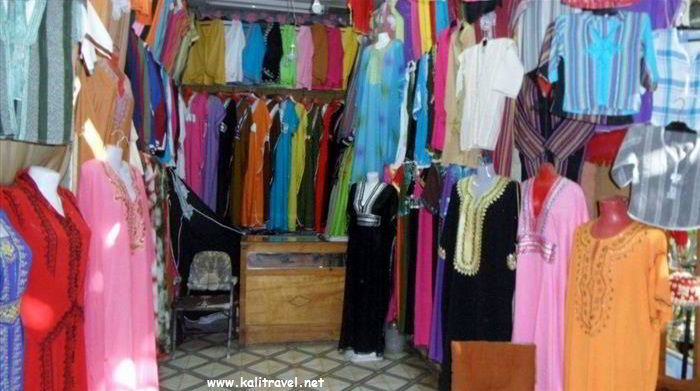
Thanks for sharing your lovely words about our beautiful country.